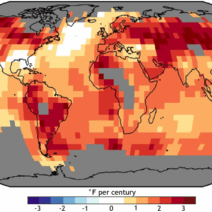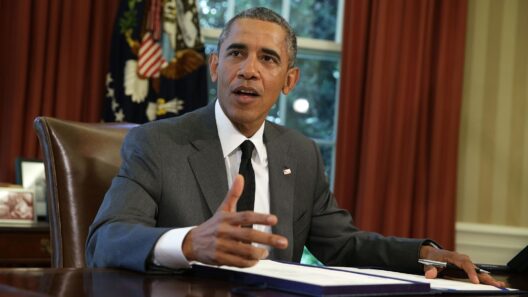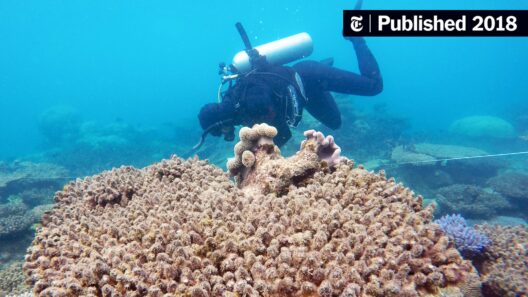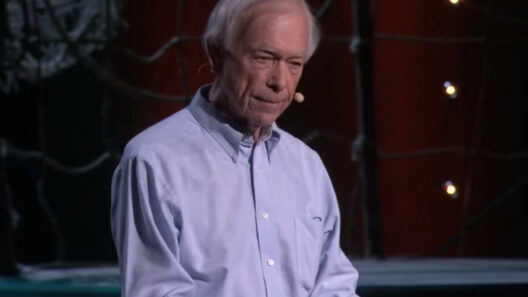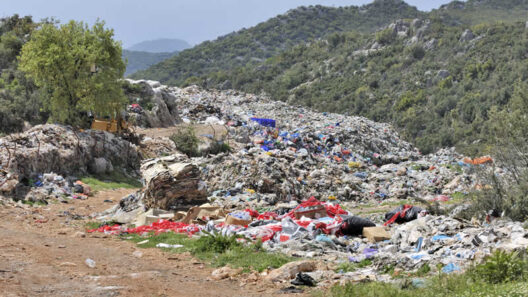As the world grapples with the specter of climate change, a compelling question arises: Is Earth’s doomsday inextricably linked to global warming? The proverbial Doomsday Clock, a symbol that conveys humanity’s proximity to catastrophe, prompts us to scrutinize the intricate relationship between the deteriorating state of our planet and the existential threats posed by climate change. The complexities of this nexus warrant an exploration that is as multifaceted as the challenges themselves.
Global warming—primarily caused by the relentless emission of greenhouse gases—has emerged as one of the foremost challenges of the 21st century. These gases, such as carbon dioxide and methane, trap heat in the Earth’s atmosphere, leading to significant shifts in climate patterns. Research indicates that the Earth’s average temperature has risen by approximately 1.2 degrees Celsius since the late 19th century. While that may seem inconsequential, it has precipitated a cascade of effects that could, if left unchecked, culminate in apocalyptic scenarios.
To grasp the ramifications of global warming, one must first consider the destabilization of climatic systems. Changes in temperature affect weather patterns, resulting in more extreme phenomena. The torrential downpours in one region might be juxtaposed with droughts in another, illustrating the chaotic behavior of our climate. These extremes are not mere anomalies; they serve as harbingers of a planet under duress. The consequences are dire: crop failures, water scarcity, and the displacement of communities can be linked directly to the climatic upheavals instigated by rising global temperatures.
Moreover, the melting of the polar ice caps and glaciers is a poignant manifestation of global warming’s impact. The Arctic region, often regarded as the Earth’s refrigerator, is warming at an alarming rate. The resultant loss of ice not only contributes to rising sea levels, threatening coastal cities worldwide, but it also disrupts entire ecosystems. Species that depend on ice-covered regions face extinction, thereby unraveling the delicate tapestry of life that constitutes our planet’s biodiversity. This loss of species diversity adds another layer of peril; ecosystems that rely on balanced interactions become increasingly fragile.
Yet, beyond the immediate physical consequences, global warming begets social and geopolitical ramifications. As natural resources dwindle, competition intensifies, potentially igniting conflicts. The intersections of environmental degradation and societal unrest paint a grim tableau. Populations that are disproportionately affected—often marginalized communities—may find themselves in a struggle for survival, exacerbating inequalities. This scenario aligns closely with apocalyptic visions: a fragile society on the brink of collapse due to climate-induced strife.
As vivid as these predictions might appear, there exists a flip side—a narrative of hope and resilience. Human ingenuity, characterized by innovation and adaptability, holds the potential to steer us away from the precipice. The burgeoning field of renewable energy offers a glimpse of a sustainable future. Solar, wind, and geothermal technologies stand as beacons of possibility, empowering us to diminish our reliance on fossil fuels. Enhanced energy efficiency and the transition toward electrification of transport systems underscore the tangible steps being taken to combat global warming.
The adoption of a circular economy presents an additional avenue for change. This model, which promotes the continual usage of resources through recycling and rethinking product life cycles, challenges the linear “take-make-dispose” paradigm that has characterized industrialization. By integrating sustainability into the core of economic activities, society can mitigate the adverse effects of consumption on the environment.
Furthermore, investment in climate education and advocacy plays a crucial role in fostering awareness. As consciousness regarding the ramifications of climate change heightens, the urgency for collective action becomes palpable. Grassroots movements and international agreements like the Paris Accord signal an awakening; nations and individuals alike recognize their obligations to future generations. Empowering communities through education equips them with the tools necessary to effectuate change in their own locales.
However, the specter of doomsday looms large, necessitating a rethinking of our relationship with the planet. Sustainability must transcend mere rhetoric; it requires a profound cultural shift. Every individual holds the potential to impact the collective narrative. Simple choices—reducing waste, conserving energy, supporting sustainable practices—can compound into substantial change. It’s imperative to cultivate a mindset that prioritizes stewardship over exploitation.
In conclusion, the relationship between Earth’s doomsday and global warming is one that intertwines peril with promise. While the threats posed by climate change are undeniably grave, they simultaneously present an opportunity for transformation. As we confront the challenges ahead, we must pivot our perspective—viewing climate action not merely as a response to threats, but as a proactive measure to safeguard our planet for generations to come. In doing so, we can alter the trajectory of the Doomsday Clock, pushing it away from midnight and toward a future wherein harmony with nature becomes the norm. Indeed, the time to act is now, and our responses will determine whether we tread the path to catastrophe or embark on a journey of rejuvenation.
